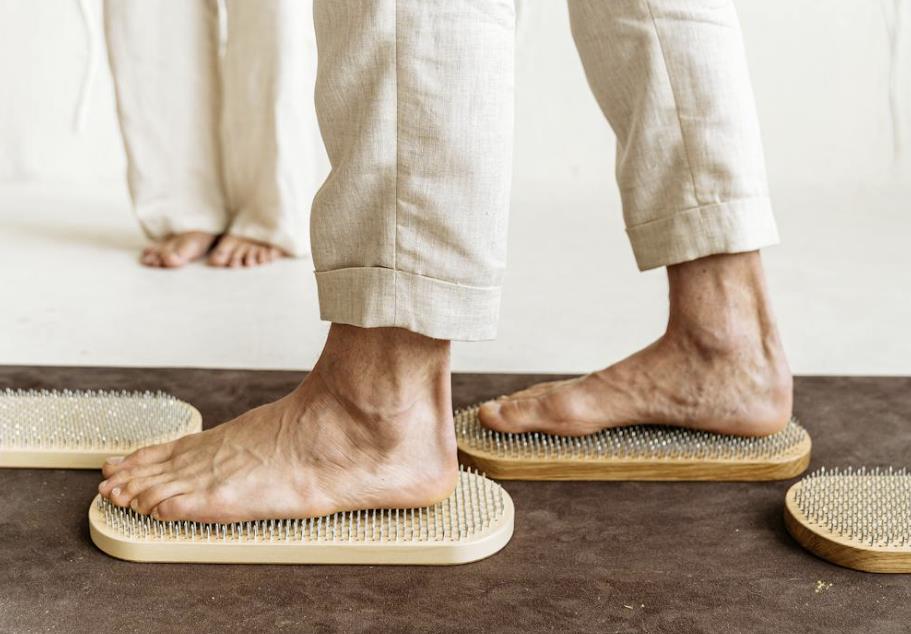How to avoid braces in orthodontics – For the middle and upper classes in the US, braces seem almost like a rite of passage. The dentist sends teens and adolescents for orthodontic treatment if their teeth shift. They go on their way after a few years after having their braces removed. It is possible that they have some tooth decalcification from extractions and headgear wear. Traditionally, braces straighten teeth by applying a low level of pressure and manipulating them over time.
This is accomplished by bonding metal brackets directly to the tooth and then using elastics and springs to move them. Doesn’t that sound a bit like a cyborg smile? The average cost of braces is between $3000 and $7000, and dental insurance does not usually cover them. Furthermore, there are side effects of braces that are almost never mentioned by your dentist, such as tooth, bone, and root damage that could lead to gum disease and root canals later on. In the fine print of your orthodontic contract, there is always a discussion of the potential risks of braces, but how many people actually read it?







